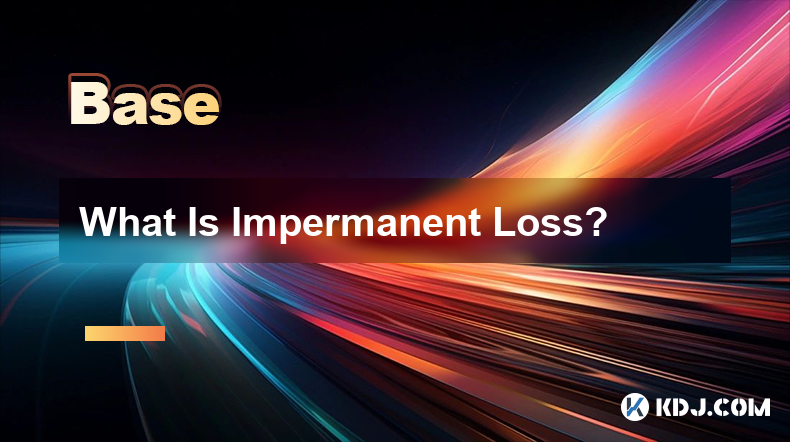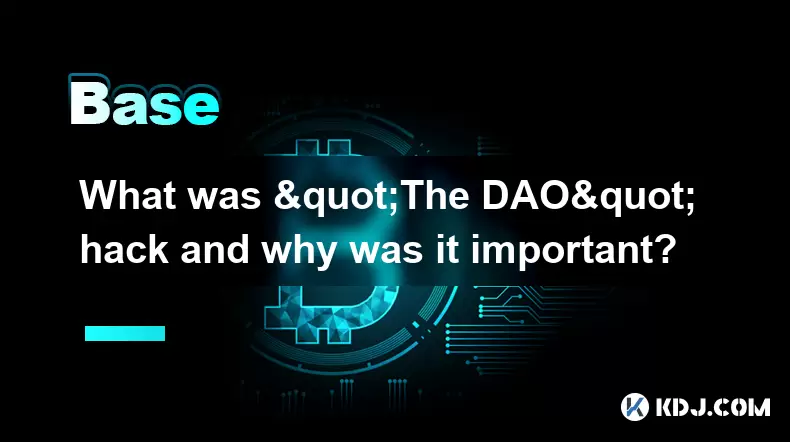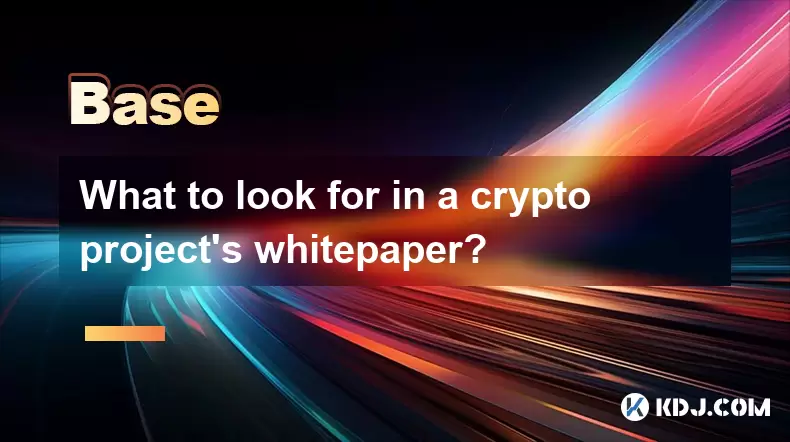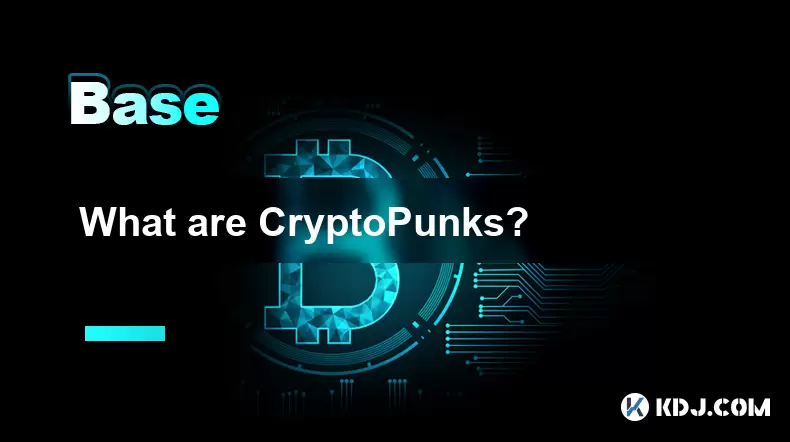-
 Bitcoin
Bitcoin $117500
-0.28% -
 Ethereum
Ethereum $3558
0.05% -
 XRP
XRP $3.392
-1.64% -
 Tether USDt
Tether USDt $1.000
-0.04% -
 BNB
BNB $728.3
-0.65% -
 Solana
Solana $175.4
-0.82% -
 USDC
USDC $0.9998
-0.01% -
 Dogecoin
Dogecoin $0.2398
1.83% -
 TRON
TRON $0.3179
-2.38% -
 Cardano
Cardano $0.8204
-0.07% -
 Hyperliquid
Hyperliquid $44.07
-0.62% -
 Stellar
Stellar $0.4581
-1.03% -
 Sui
Sui $3.790
0.35% -
 Chainlink
Chainlink $18.16
1.68% -
 Hedera
Hedera $0.2643
-0.28% -
 Avalanche
Avalanche $24.22
2.25% -
 Bitcoin Cash
Bitcoin Cash $512.2
-0.43% -
 Shiba Inu
Shiba Inu $0.00001479
0.54% -
 Litecoin
Litecoin $111.1
8.86% -
 UNUS SED LEO
UNUS SED LEO $8.986
0.08% -
 Toncoin
Toncoin $3.194
-0.68% -
 Polkadot
Polkadot $4.337
1.87% -
 Uniswap
Uniswap $10.02
-1.95% -
 Monero
Monero $321.7
1.05% -
 Ethena USDe
Ethena USDe $1.001
-0.04% -
 Bitget Token
Bitget Token $4.870
0.73% -
 Pepe
Pepe $0.00001325
1.35% -
 Dai
Dai $0.9999
0.00% -
 Aave
Aave $314.1
-2.09% -
 Cronos
Cronos $0.1203
1.58%
What Is Impermanent Loss?
To identify impermanent loss, compare the value of your deposited assets before and after providing liquidity; a decrease indicates unrealized loss.
Dec 17, 2024 at 02:27 pm

Key Points:
- Definition and Mechanisms of Impermanent Loss
- Identifying and Calculating Impermanent Loss
- Strategies for Minimizing Impermanent Loss
- Examples of Impermanent Loss in Practice
- Risk Management Considerations for Liquidity Providers
- Benefits of Understanding Impermanent Loss
What Is Impermanent Loss?
Impermanent loss is a temporary unrealized loss that liquidity providers (LPs) in automated market makers (AMMs) may experience when the prices of the underlying assets change significantly. It occurs when the value of the LPs' deposited assets changes disproportionately, leading to a decrease in the overall value of their position. Impermanent loss is considered "impermanent" because it can be reversed if the asset prices return to their original values.
Identifying and Calculating Impermanent Loss
To identify impermanent loss, compare the value of the LPs' deposited assets before and after providing liquidity to the AMM. If the total value of the assets has decreased, impermanent loss has occurred.
Calculating impermanent loss involves comparing the value of the LPs' position in the AMM to the value of the same assets held outside of the AMM. The formula for calculating impermanent loss is:
Impermanent Loss = (Value of LPs' position in AMM - Value of same assets outside AMM) / Value of same assets outside AMMStrategies for Minimizing Impermanent Loss
- Provide liquidity to stablecoin pools: Stablecoin pools have lower price volatility, reducing the risk of large price swings.
- Choose pools with similar risk profiles: Select liquidity pools comprised of assets with correlated price movements to minimize divergence and impermanent loss.
- Deposit a balanced allocation of assets: Maintain a close to 50-50 ratio of deposited assets to mitigate the impact of price fluctuations.
- Monitor price movements: Stay informed about the price performance of the underlying assets and adjust your strategy accordingly.
- Provide liquidity for longer periods: Extended time horizons allow for potential recovery from impermanent losses as asset prices fluctuate.
Examples of Impermanent Loss in Practice
- Scenario 1: Assume an LP deposits $1,000 worth of ETH and $1,000 worth of DAI in an ETH/DAI pool. If the price of ETH rises to $1,200 and the price of DAI remains stable, the LP would experience impermanent loss.
- Scenario 2: An LP provides liquidity to a BTC/USDT pool with $500 worth of BTC and $500 worth of USDT. If the price of BTC falls to $400 while the price of USDT remains constant, the LP would suffer impermanent loss.
Risk Management Considerations for Liquidity Providers
- Thorough research: Understand the assets being traded and their historical price movements to assess potential risks.
- Conservative deposits: Consider depositing only a portion of your portfolio to limit potential losses.
- Diversification: Spread investments across multiple assets and consider using stablecoin pools to mitigate price volatility.
- Risk tolerance assessment: Determine your comfort level with impermanent loss and adjust your strategy accordingly.
- Understanding AMM dynamics: Recognize that impermanent loss is inherent in the functioning of AMMs.
Benefits of Understanding Impermanent Loss
- Informed decision-making: Knowing about impermanent loss allows LPs to make informed decisions about providing liquidity.
- Proactive mitigation strategies: Understanding the mechanisms of impermanent loss empowers LPs to develop strategies to minimize its impact.
- Improved risk management: By considering impermanent loss in risk management, LPs can protect their portfolio and minimize potential losses.
- Realistic expectations: Recognizing the potential for impermanent loss sets realistic expectations for LPs and helps them avoid unrealistic assumptions about returns.
FAQs
Q: Why do different liquidity pools have different levels of impermanent loss?
A: The level of impermanent loss varies depending on the price volatility of the underlying assets. Pools with stable assets tend to have lower impermanent loss, while pools with volatile assets exhibit higher levels of impermanent loss.
Q: When is impermanent loss realized?
A: Impermanent loss is realized when the LP withdraws their assets from the liquidity pool. If the prices of the underlying assets have changed significantly from the time the assets were deposited, the LP may experience impermanent loss or gain.
Q: Is there any way to permanently avoid impermanent loss?
A: No, impermanent loss is an inherent characteristic of liquidity pools in AMMs. However, by understanding the mechanisms and implementing risk management strategies, LPs can minimize the potential impact of impermanent loss.
Disclaimer:info@kdj.com
The information provided is not trading advice. kdj.com does not assume any responsibility for any investments made based on the information provided in this article. Cryptocurrencies are highly volatile and it is highly recommended that you invest with caution after thorough research!
If you believe that the content used on this website infringes your copyright, please contact us immediately (info@kdj.com) and we will delete it promptly.
- SUI Altcoin: Primed for Potential 100x Gains?
- 2025-07-20 04:50:12
- Panicked, Child, Swallowed Coin: A Parent's Worst Nightmare (and What to Do)
- 2025-07-20 04:35:12
- WLFI Token Tradability: World Liberty Finance's Bold Move Under Trump's Crypto Wing
- 2025-07-20 04:50:12
- Floki Price Rockets: Breakout Rally or Meme Coin Mirage?
- 2025-07-20 04:35:12
- Tinubu, the North, and Appointments: Too Little, Too Late?
- 2025-07-20 03:20:15
- Stellar Blade Hacked: When Crypto Scams Target Your Favorite Games
- 2025-07-20 03:50:12
Related knowledge

What is the Inter-Blockchain Communication Protocol (IBC)?
Jul 19,2025 at 10:43am
Understanding the Inter-Blockchain Communication Protocol (IBC)The Inter-Blockchain Communication Protocol (IBC) is a cross-chain communication protoc...

How does sharding improve scalability?
Jul 20,2025 at 01:21am
Understanding Sharding in BlockchainSharding is a database partitioning technique that is increasingly being adopted in blockchain technology to enhan...

What is the "crypto trilemma" of scalability, security, and decentralization?
Jul 19,2025 at 06:28pm
Understanding the Concept of the Crypto TrilemmaThe crypto trilemma refers to the challenge of simultaneously achieving scalability, security, and dec...

What was "The DAO" hack and why was it important?
Jul 19,2025 at 09:08pm
Background of 'The DAO''The DAO' (Decentralized Autonomous Organization) was a venture capital fund built on the Ethereum blockchain, launched in Apri...

What to look for in a crypto project's whitepaper?
Jul 19,2025 at 01:42pm
Understanding the Purpose of a WhitepaperA whitepaper is a foundational document for any cryptocurrency project, often serving as the first point of c...

What are CryptoPunks?
Jul 19,2025 at 08:28am
Understanding the Basics of Bitcoin MiningBitcoin mining is the process through which new Bitcoin is introduced into circulation and transactions are ...

What is the Inter-Blockchain Communication Protocol (IBC)?
Jul 19,2025 at 10:43am
Understanding the Inter-Blockchain Communication Protocol (IBC)The Inter-Blockchain Communication Protocol (IBC) is a cross-chain communication protoc...

How does sharding improve scalability?
Jul 20,2025 at 01:21am
Understanding Sharding in BlockchainSharding is a database partitioning technique that is increasingly being adopted in blockchain technology to enhan...

What is the "crypto trilemma" of scalability, security, and decentralization?
Jul 19,2025 at 06:28pm
Understanding the Concept of the Crypto TrilemmaThe crypto trilemma refers to the challenge of simultaneously achieving scalability, security, and dec...

What was "The DAO" hack and why was it important?
Jul 19,2025 at 09:08pm
Background of 'The DAO''The DAO' (Decentralized Autonomous Organization) was a venture capital fund built on the Ethereum blockchain, launched in Apri...

What to look for in a crypto project's whitepaper?
Jul 19,2025 at 01:42pm
Understanding the Purpose of a WhitepaperA whitepaper is a foundational document for any cryptocurrency project, often serving as the first point of c...

What are CryptoPunks?
Jul 19,2025 at 08:28am
Understanding the Basics of Bitcoin MiningBitcoin mining is the process through which new Bitcoin is introduced into circulation and transactions are ...
See all articles

























































































